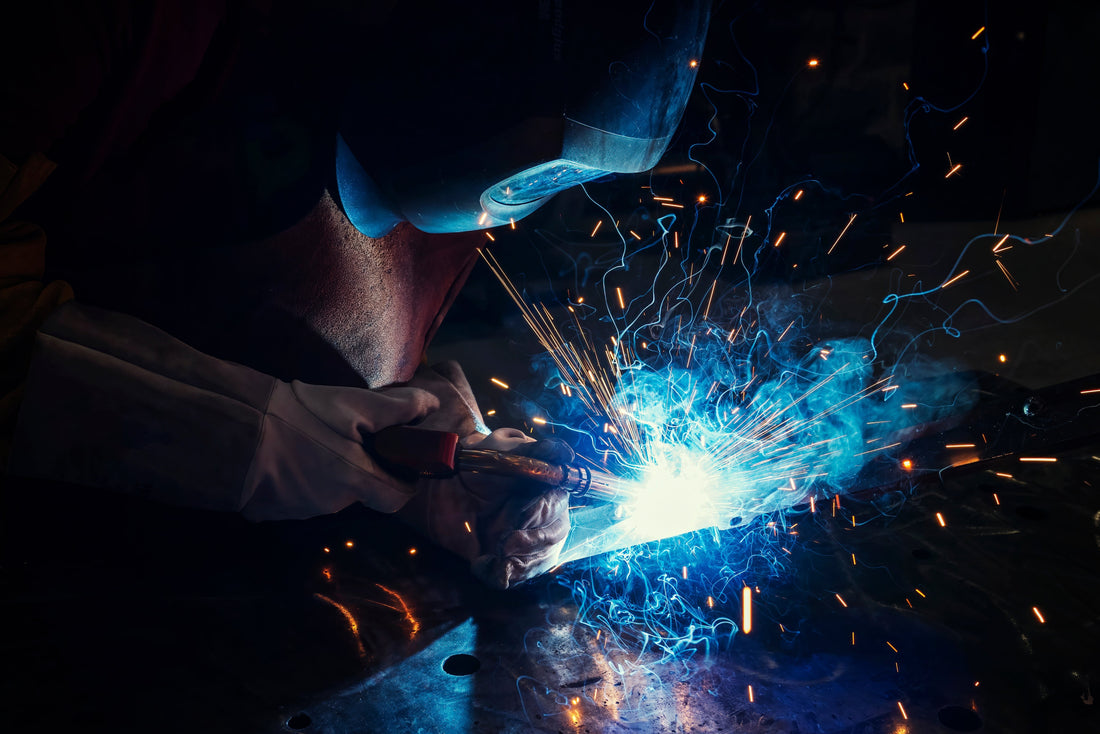
Why the i-800 Incinerator Is Built to Perform — and Built to Save You Money
Share
Why the i-800 Incinerator Is Built to Perform — and Built to Save You Money:
When choosing an incinerator, performance, durability, and value are key. At Inflame, we made the i-800 incinerator with these principles in mind. It’s a reliable, high-performing unit designed for repeated exposure to intense heat—without the price tag that often comes with Corten steel builds.
So why did we choose 5mm mild steel? Here’s everything you need to know.
Built from 5mm Mild Steel — For a Reason
We’re often asked why we use 5mm thick mild steel for the i-800, rather than Corten. The answer is simple: mild steel offers the best balance of heat resistance, cost efficiency, and maintainability for an incinerator.
Mild steel handles high heat exceptionally well. It retains approximately 60% of its yield strength at 538°C (1000°F). Its thermal conductivity is around 45 W/m·K, which helps ensure even heat distribution across the unit. Mild steel also expands and contracts uniformly under heat, minimizing the risk of warping or cracking over time.
How Mild Steel Keeps the i-800 Affordable
Choosing mild steel allows us to keep costs under control while delivering a premium product. Material cost savings range from 30% to 60% compared to Corten steel. Mild steel is easier to work with, which reduces welding time and labor costs. It doesn’t require specialized treatments or environmental conditions to maintain performance, further cutting down on production complexity and price.
These efficiencies translate directly to value for our customers. By lowering our manufacturing costs, we’re able to offer a durable, high-performing incinerator at a more accessible price.
Proven Durability in the Field
The i-800 incinerator has proven itself in real-world conditions. Customers consistently report excellent heat retention, efficient combustion, and strong resistance to structural fatigue. Some have noted up to a 15% improvement in combustion time efficiency and up to 20% less heat loss during operation when compared to thinner-walled or alternative material units.
These real-use cases demonstrate that the i-800 performs not just in theory, but in demanding, day-to-day applications where reliability matters most.
Why We Chose Not to Use Corten Steel
Corten steel, also known as weathering steel, is widely praised for its attractive patina and resistance to corrosion in outdoor environments. It forms a stable rust-like appearance that helps prevent deeper corrosion and is commonly used in architectural and landscaping applications.
However, Corten is not well-suited for high-heat environments. Its protective patina begins to deteriorate around 400°C, which is proven to not be suitable for incinerators, as the average temperature of an incinerator is approximately 600°C to 1,100°C. Repeated exposure to flame and fire suppression methods, such as water, can destroy the protective layer and increase the risk of corrosion. In fact, studies suggest that once compromised, corrosion can advance up to ten times faster than in naturally weathered conditions.
Corten is also significantly more expensive—on average, 1.5 to 2.5 times the cost of mild steel per tone. Given that its benefits do not extend to high-temperature applications, the added expense is unjustifiable.
Conclusion
At Inflame, we design with performance, simplicity, and value in mind. The i-800 incinerator is the result of thoughtful material selection and efficient engineering. Its strong yet simple construction, reliable high-heat performance, and affordable pricing make it the smart choice for anyone needing a long-lasting waste incineration solution.
